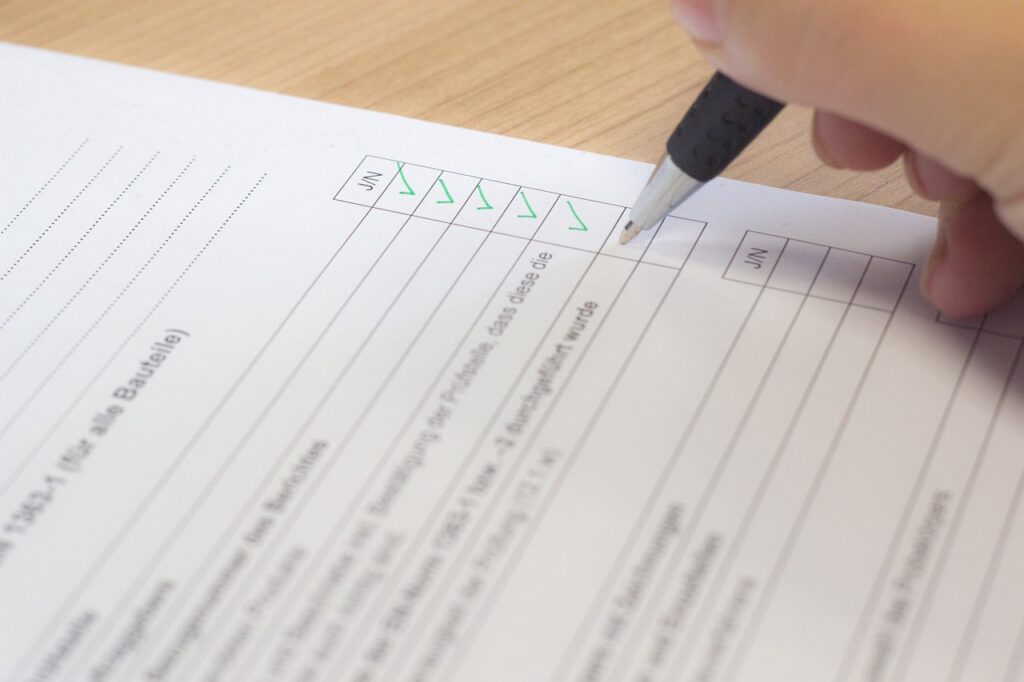
About Your Therapist

I went into physical therapy for one reason – to help people. I love to see people accomplish what they thought they couldn’t. And I take it personally when something doesn’t get better.
I’ve enjoyed seeing the tears of joy when someone is once again able to climb up and down a flight of stairs after years of being unable to do so. I’ve celebrated with the one who was able to perform a burpee after a knee replacement. I’ve given the high five to the person who was finally able to tolerate the commute to her job in Anchorage without experiencing back pain when she got there.
At REALIFE, my mission is to help real life people get back to real life activities. For some, that’s hiking up Lazy Mountain. For others, it’s the ability to pick up an object dropped on the floor. For others, it’s being able to sit at the computer without feeling like their shoulders are on fire.
I want to help people. Even if that means referring you to someone else. So, if after evaluating you, I feel like you can be better served by someone else, I will gladly refer you to another therapist in the area who I think IS a good fit. Because I want to help you get better.
My name is Trisha Magee. I was born and raised in a very tiny town in Minnesota. I met my husband in college, got married right after we both graduated with our bachelor’s degrees. We have four children spread out over 12 years, which has kept our lives very busy and extremely full. My husband and I like to work out together, then whine about how sore we are the next day. And then we go back to the gym for another dose. We have reached the point in life where it hurts to sleep in too late.
Although I had a brother who had muscular dystrophy and saw his fair share of physical therapists in his lifetime, I can’t necessarily say that his experience was a catalyst to my career choice. I have long been fascinated by the human body. And yet, I had no desire to be a physician or nurse. I didn’t want to order medications, testing, or procedures and have THAT be the reason someone got better. I wanted to use the gift of touch to help people. Treating with my mind, heart, and hands is where I want to be.

My Experience and Credentials
I’ve been a practicing physical therapist in the state of Alaska since 2002, working in the Kenai/Soldotna area from 2002-2014, and then here in the valley since 2014. Although I have worked nearly equal time in the inpatient and outpatient settings, the outpatient world is where I love to be.
I graduated from Valley City State University (Valley City, ND) in 1998 with a Bachelor of Science degree in Biology. I then went on to the University of North Dakota (Grand Forks, ND) where I obtained my Bachelor’s of Physical Therapy in 2001 and my Master’s of Physical Therapy in 2002. I will have my Doctorate of Physical Therapy in December 2024.
My treatment approach is threefold: 1) improve range of motion, 2) utilize functional movement patterns to retrain the body to properly use this new mobility, and 3) educate in other aspects of healing (such as nutrition and sleep hygiene).
I frequently use two different techniques for myofascial release. First, I am a Certified Graston Technique Specialist (GTS). These techniques are highly effective in reducing myofascial adhesions and tendinopathies that prevent normal movement.
Secondly, I have training in the Stecco method for working on the deep fascia. This is highly effective in reducing deep tissue restrictions, providing excellent results in improved mobility and reduced pain.
In addition to fascial manipulation, I also provide dry needling coupled with electrical stimulation. The combination of these two modalities results in better outcomes and less soreness than dry needling alone. The electrical stimulation parameters differ whether the goal is pain relief, improving muscle function, or to facilitate recovery from an intense workout.
Once restrictions are reduced, the new mobility needs to be used so the body can utilize it properly. Functional movements are those that the human body naturally performs on a regular basis. In comparison to machines, which often isolate a specific muscle or group of muscles, functional movements incorporate multiple body segments in a natural movement pattern. For example, when we reach for our seatbelt, we do not just utilize our shoulder, we also need to have proper mobility of our elbow, wrist, pelvis, spine, neck, and hips. My treatment techniques will incorporate all these body parts, rather than just one of them. Specifically, I am certified in Clinical Management of the Fitness Athlete (ICE Certified Specialist: Fitness Athlete), incorporating functional movement analysis into treatment of all patients, athlete or not.
With these functional movements, sometimes we have incidents that occur or pain that seem “embarrassing” or something we don’t desire to discuss with others. But it can significantly impact our personal and social lives. I’m talking about the pelvic floor. Stress incontinence, pelvic prolapse, and pain in this area greatly impact our activity level and oftentimes, our social lives and emotional well-being. But it doesn’t have to be something you “just live with.” It can be addressed. I have my certification in treating the pelvic floor (ICE Certified Specialist: Pelvic) for this very reason.
You are a complete human being, beyond the area of injury. Stress management, sleep hygiene, and diet play a large role in your recovery and therefore, will be part of the treatment approach here. I can help direct you towards what to eat or avoid, assisting the healing process of specific injuries. Although I will not promote a specific “diet,” I can assist with finding nutritional changes that can be made to help you feel and perform your best. Additionally, addressing proper sleep patterns and managing stress can reduce pain, increase energy, and improve healing.
